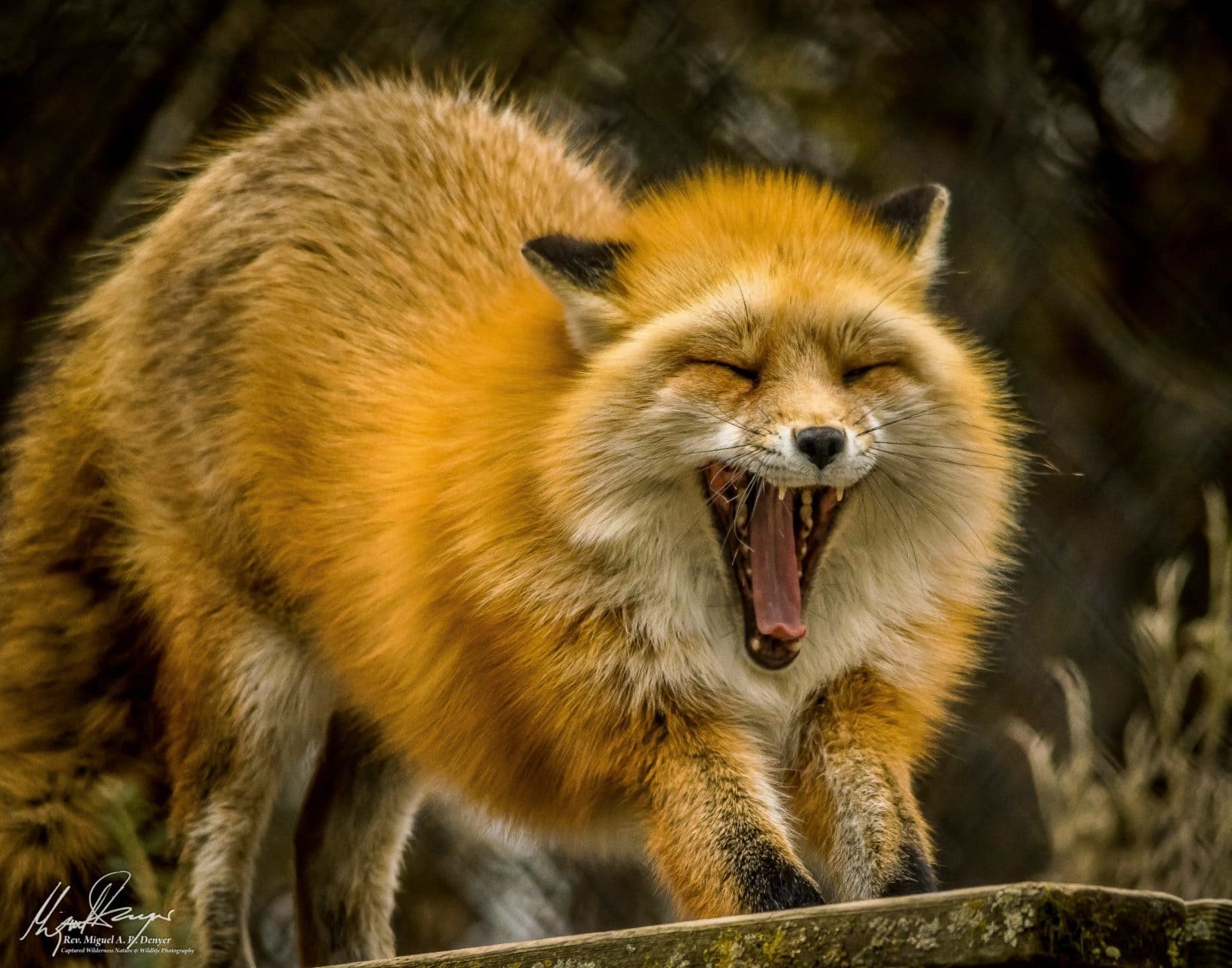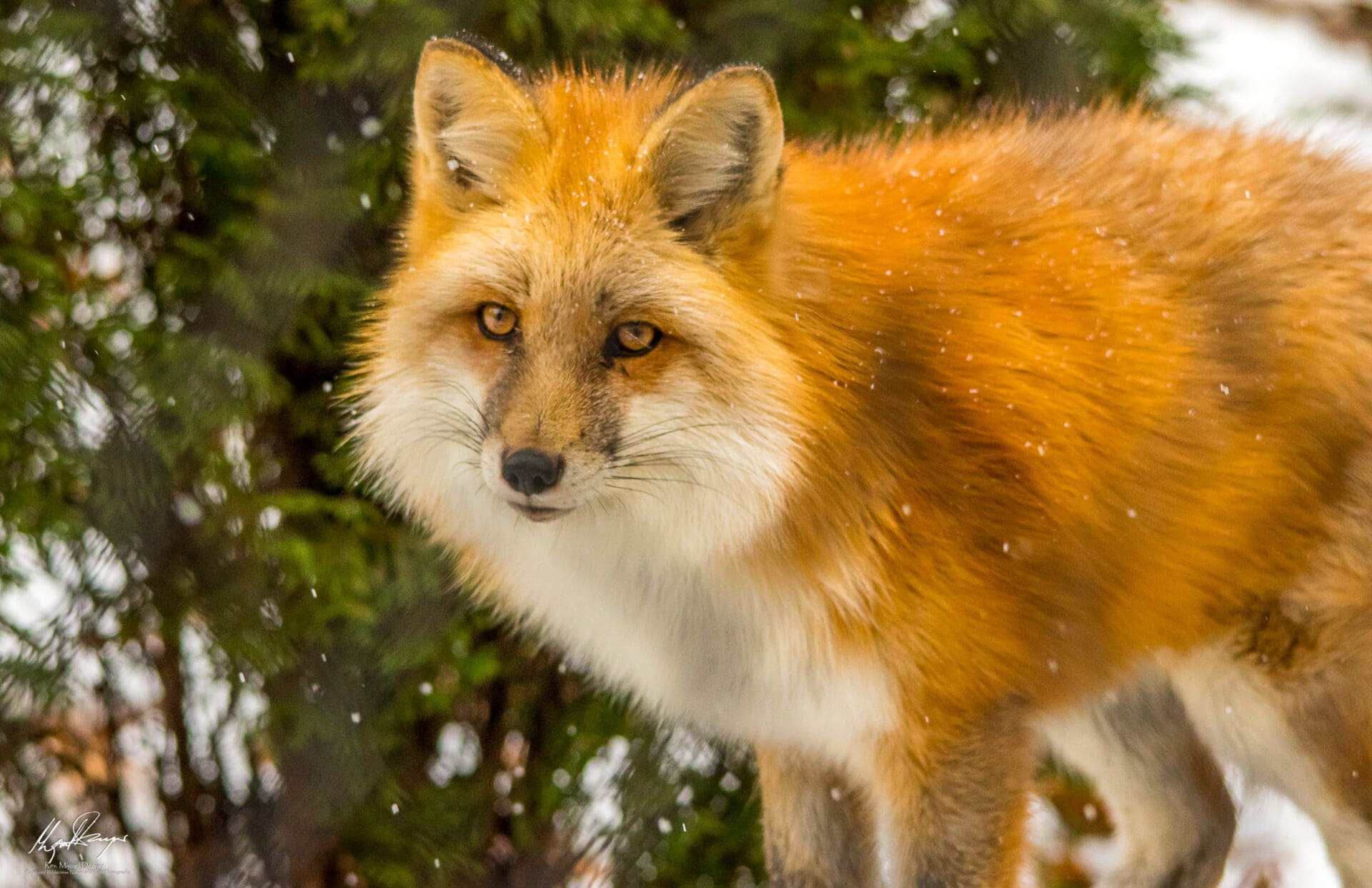The Red Fox: A Versatile and Adaptive Predator
The Red Fox (Vulpes vulpes) is one of the most widely distributed and adaptable carnivores in the world. Known for its striking appearance and cunning nature, the Red Fox thrives in a variety of habitats. These habitats include forests, grasslands, mountains, and deserts, but they are also commonly found in agricultural areas, suburbs, and even urban environments. Their adaptability to diverse environments has contributed to their success as a species, allowing them to coexist with humans and exploit a wide range of ecological niches.

The diet of the Red Fox is omnivorous and highly varied, reflecting its opportunistic feeding behavior. They primarily hunt small mammals such as rodents and rabbits, but they also eat birds, insects, fruits, and berries. In urban areas, Red Foxes may scavenge for human food waste, making them highly adaptable to different food sources. Their diet changes with the seasons and availability of food, showcasing their ability to survive in diverse environments. This varied diet helps Red Foxes to thrive in a range of habitats and sustain their populations across vast areas.
Red Foxes have a broad geographical range, covering most of the Northern Hemisphere. They are found throughout North America, Europe, Asia, and parts of North Africa. In North America, their range extends from the Arctic Circle to Central America. They are particularly common in regions with a mix of open fields and wooded areas, which provide both hunting grounds and denning sites. Their presence in urban and suburban areas has also increased, demonstrating their remarkable adaptability to human-altered landscapes.

Physically, the Red Fox is a medium-sized canid with a distinctive appearance. Adults typically weigh between 8 and 15 pounds and measure about 18 to 35 inches in body length, with a tail that adds an additional 12 to 21 inches. They have a slender build with a bushy tail, pointed ears, and a narrow snout. The fur is usually a vibrant reddish-orange, though it can range from pale yellow to deep auburn, with a white underbelly, black legs, and a white-tipped tail. Their keen senses of sight, smell, and hearing make them excellent hunters.
The Red Fox plays an important ecological role as both predator and prey. By controlling populations of small mammals and insects, they help maintain a balance within their ecosystems. Additionally, they serve as prey for larger predators such as coyotes, wolves, and birds of prey. Understanding the behavior and ecology of the Red Fox is crucial for their conservation and for managing their interactions with humans, particularly in urban areas. As one of the most adaptable and widespread mammals, the Red Fox continues to fascinate wildlife enthusiasts and researchers alike.


